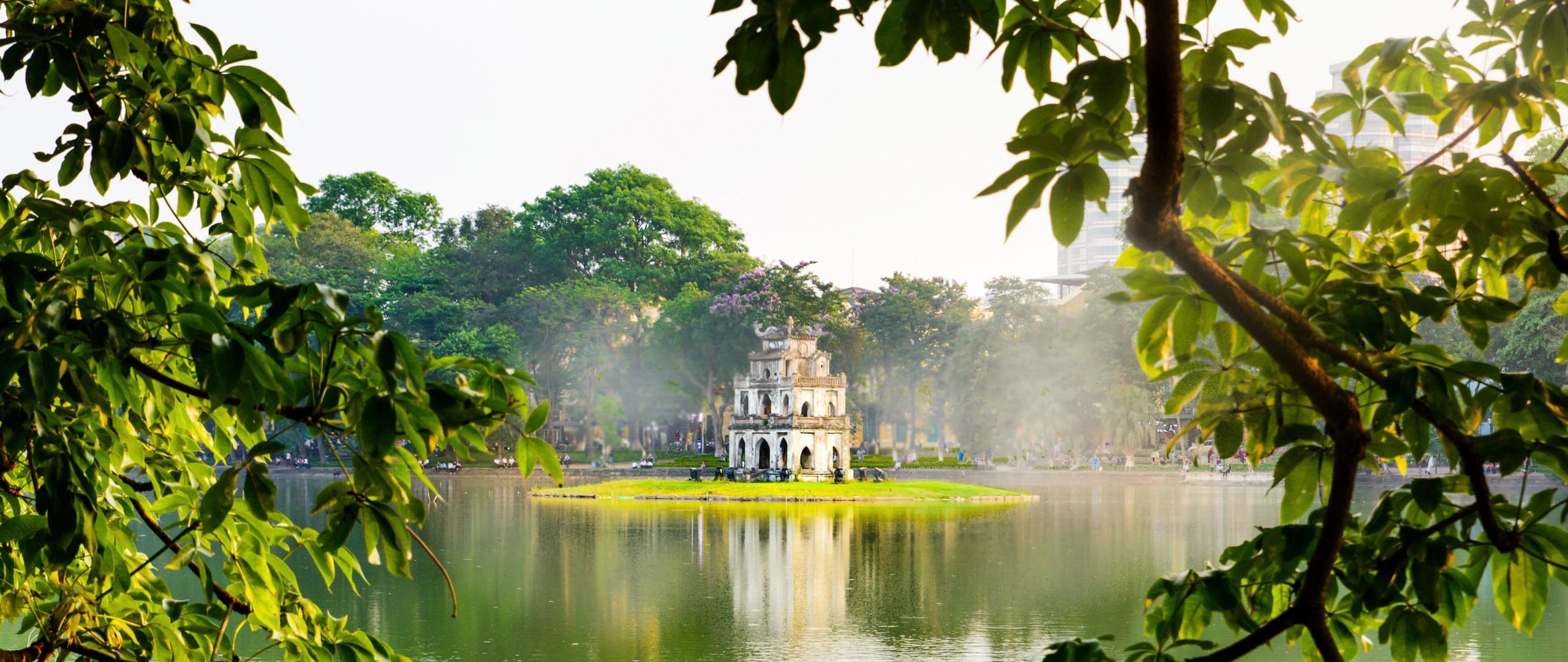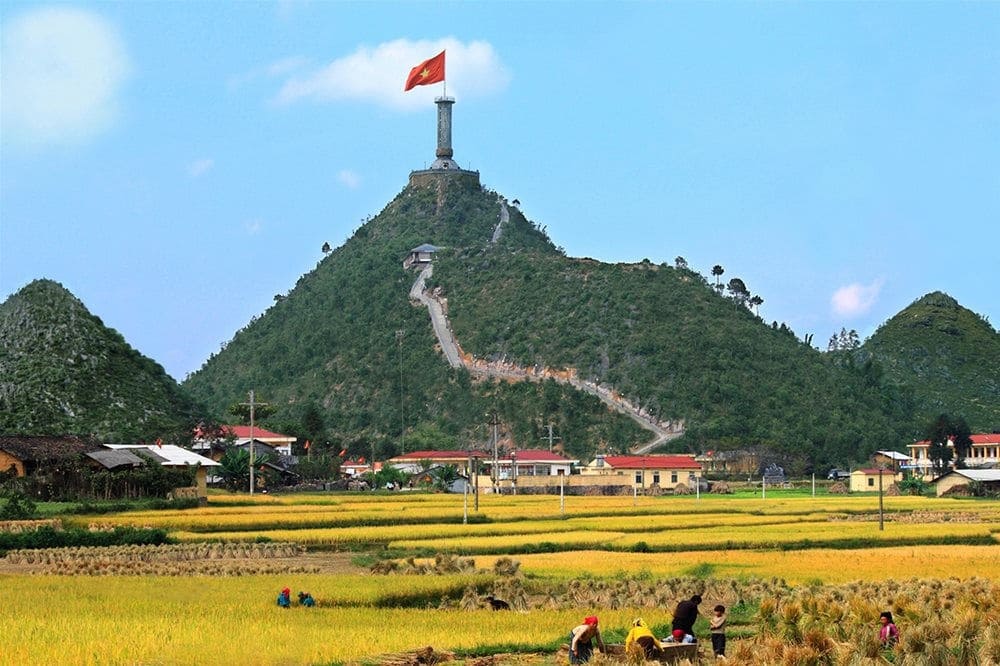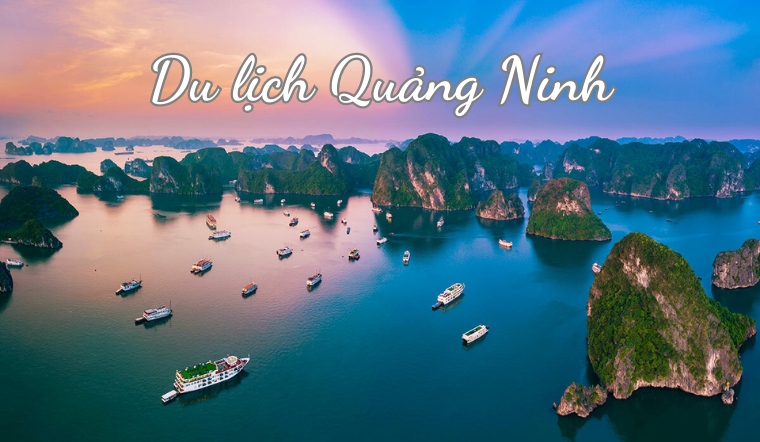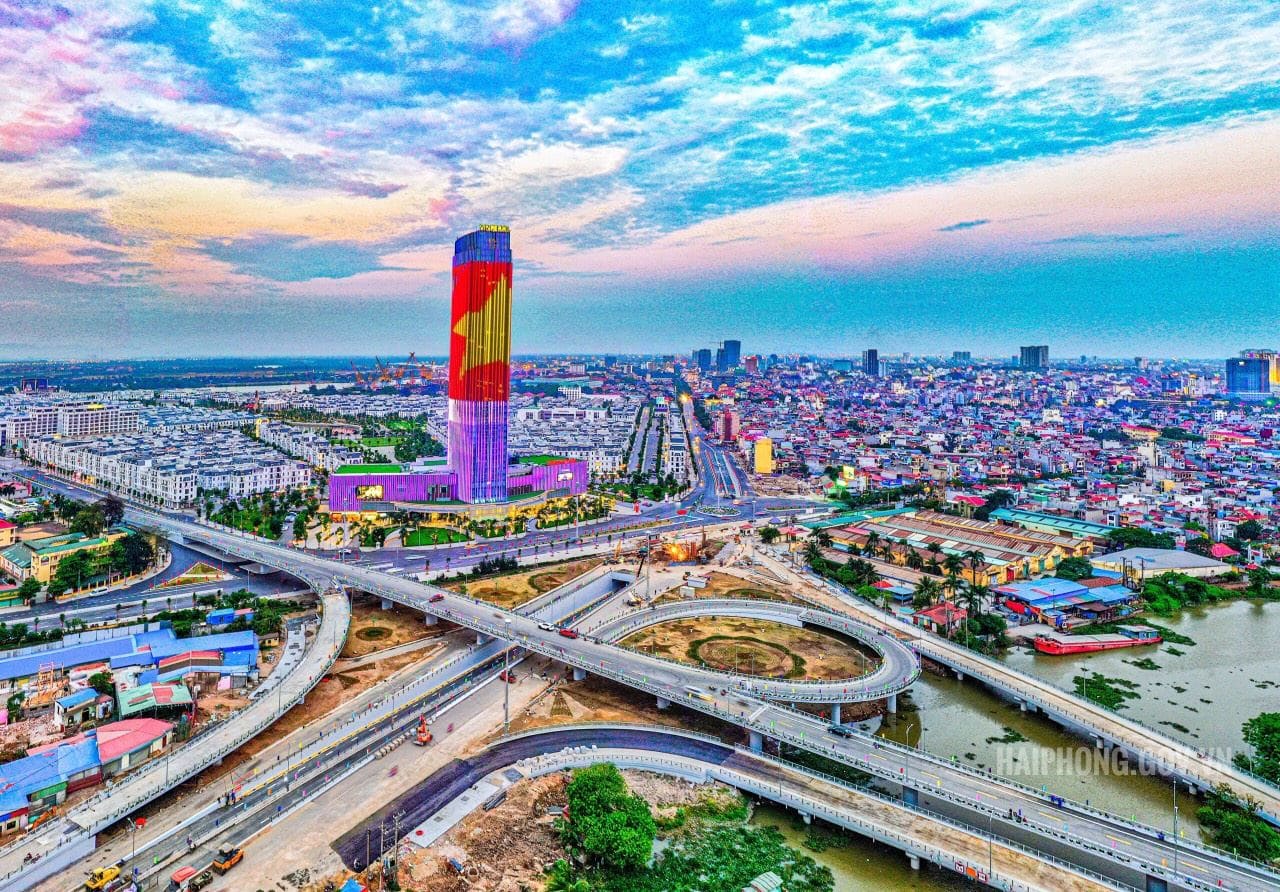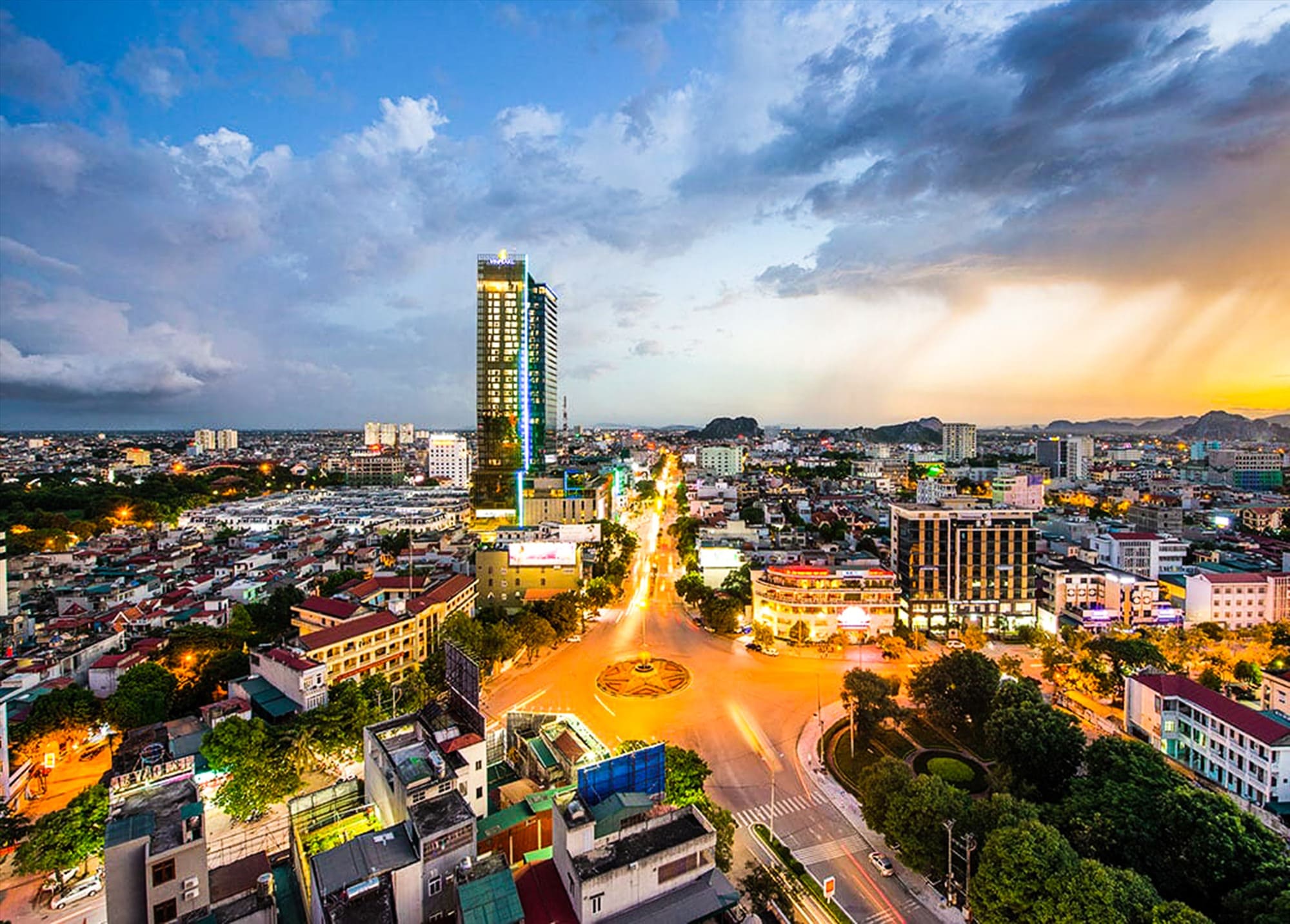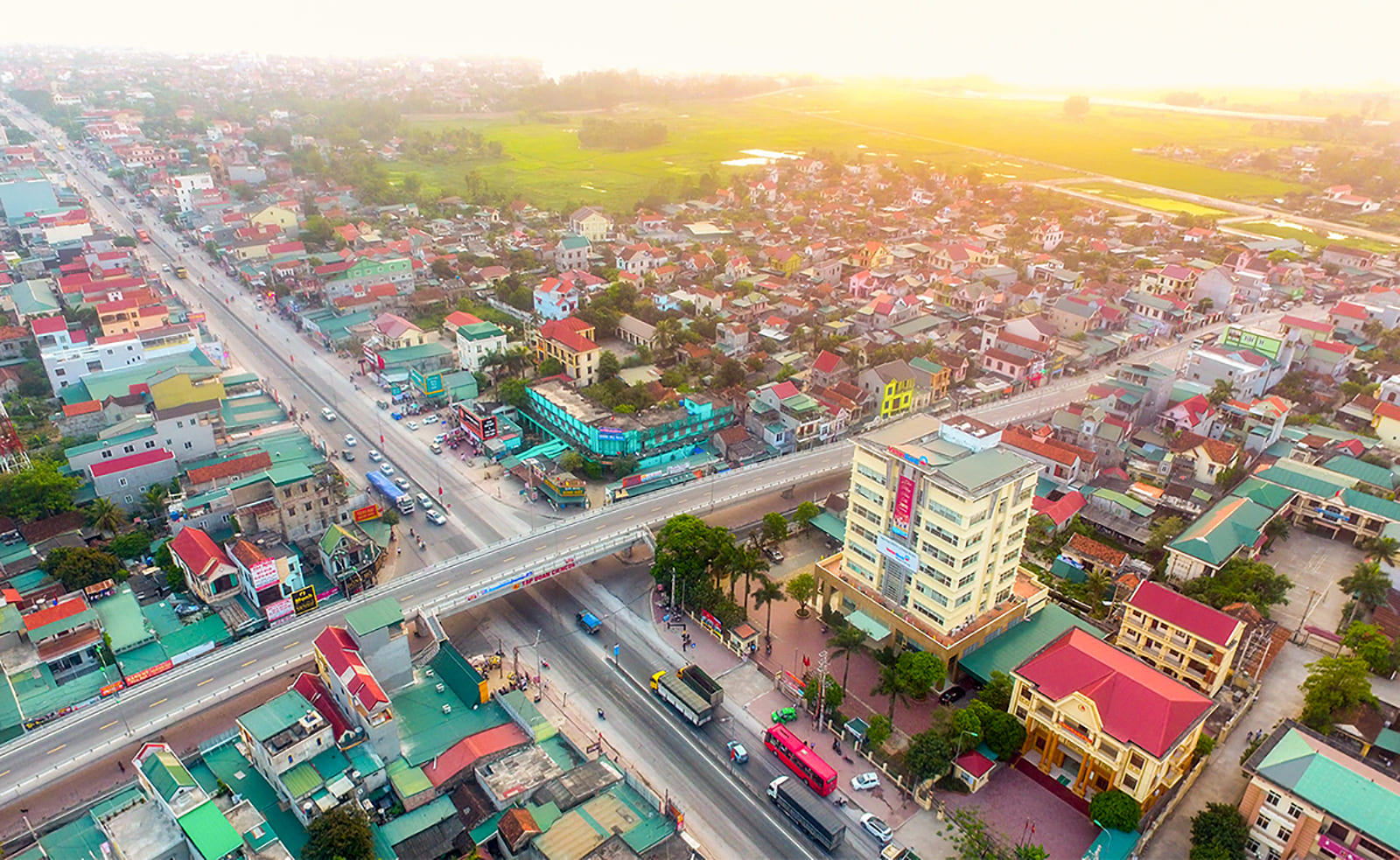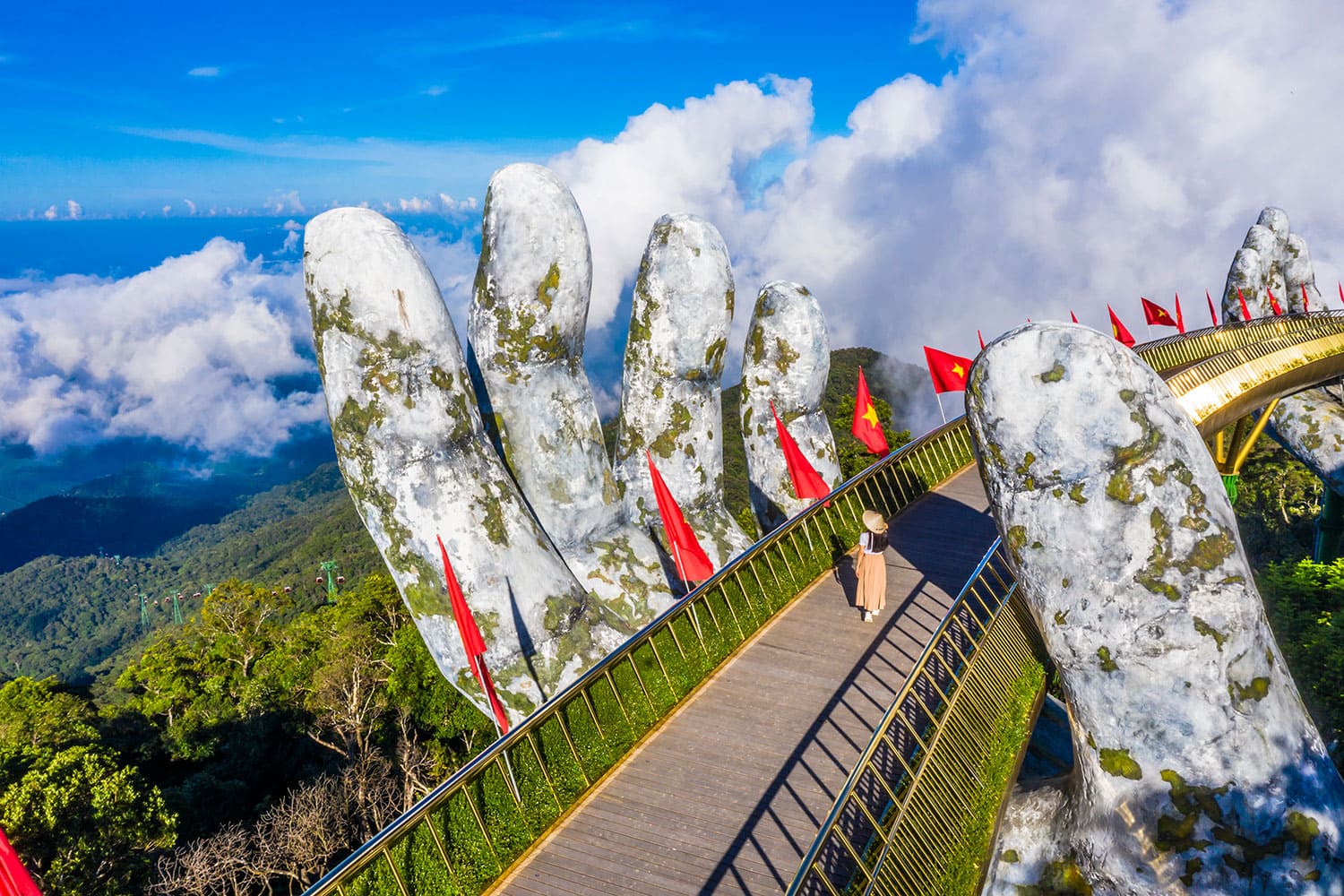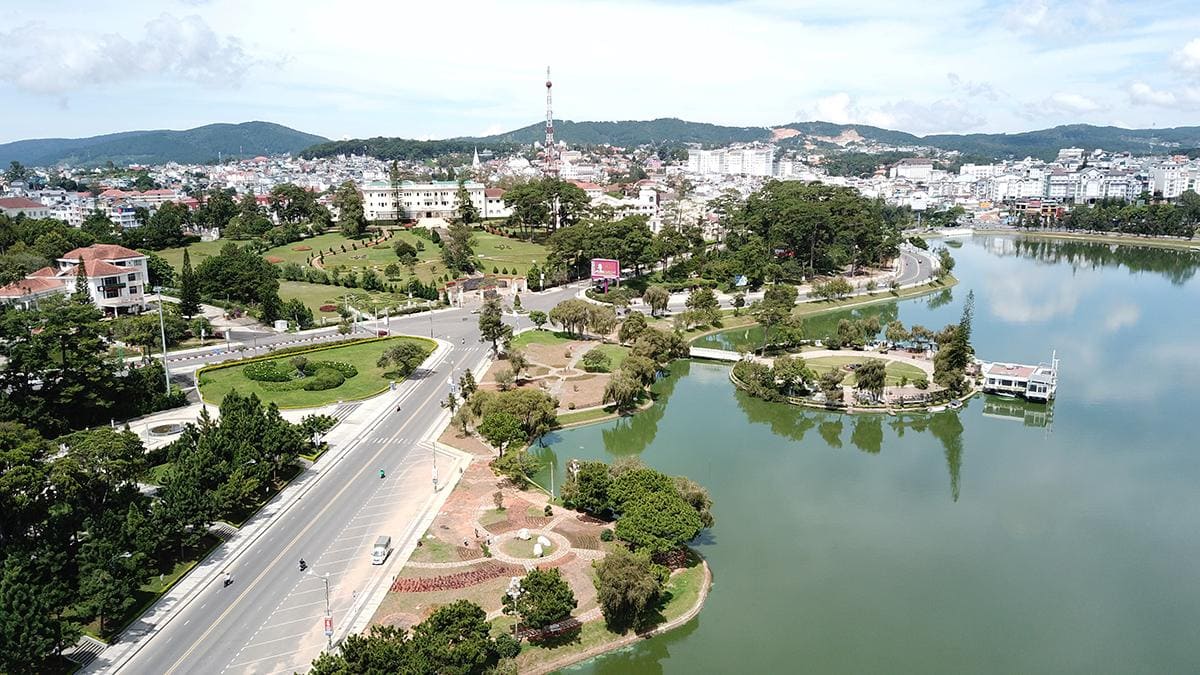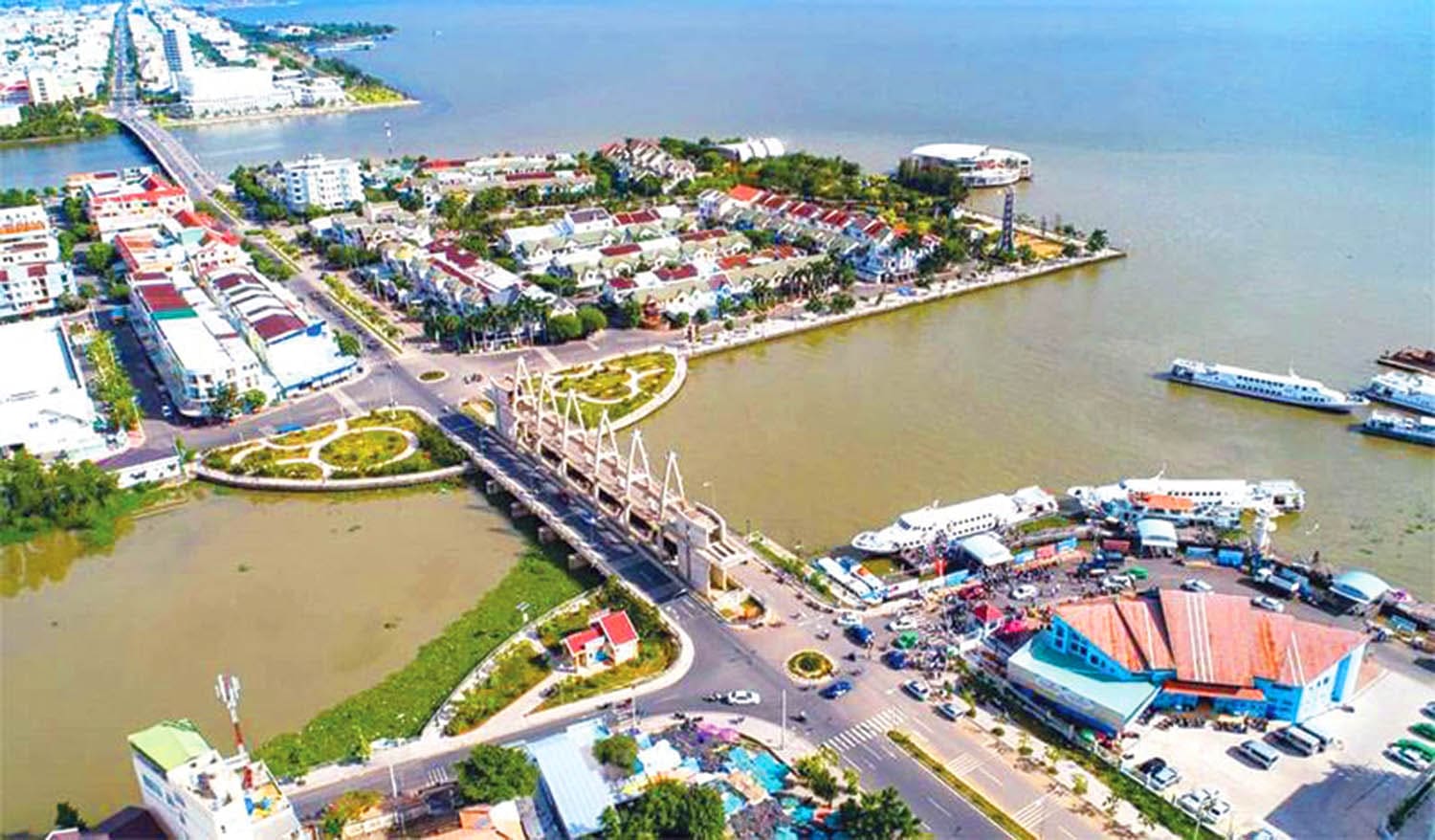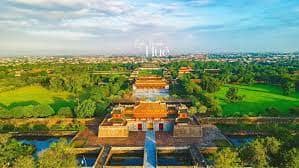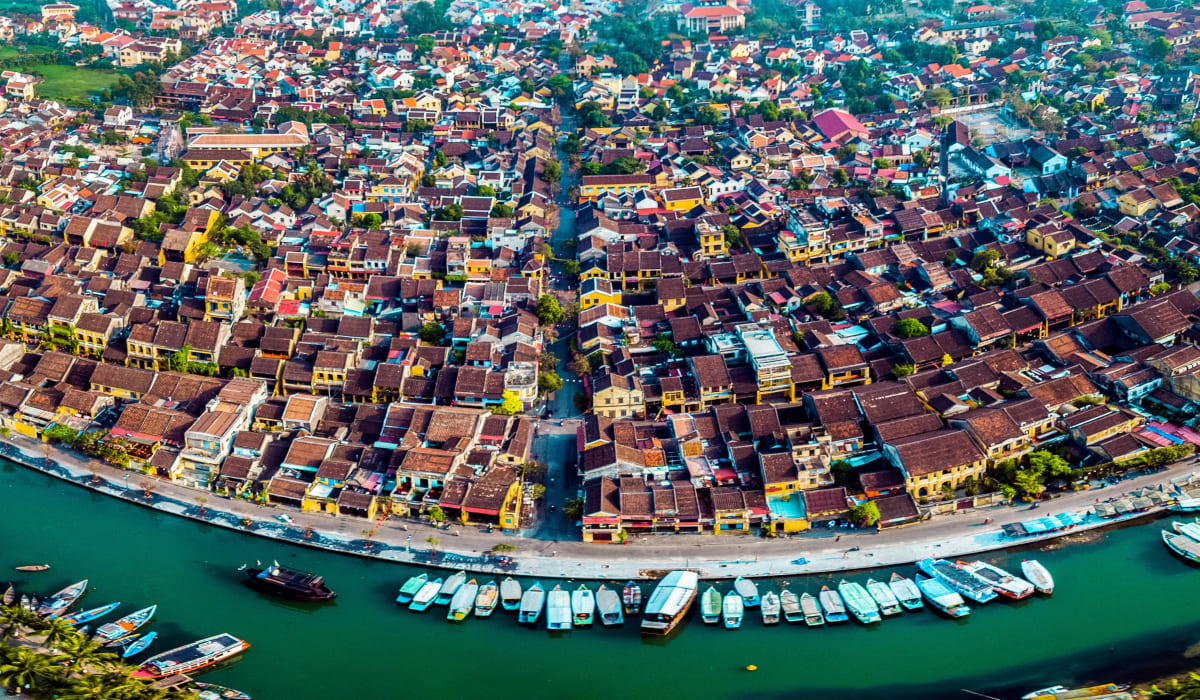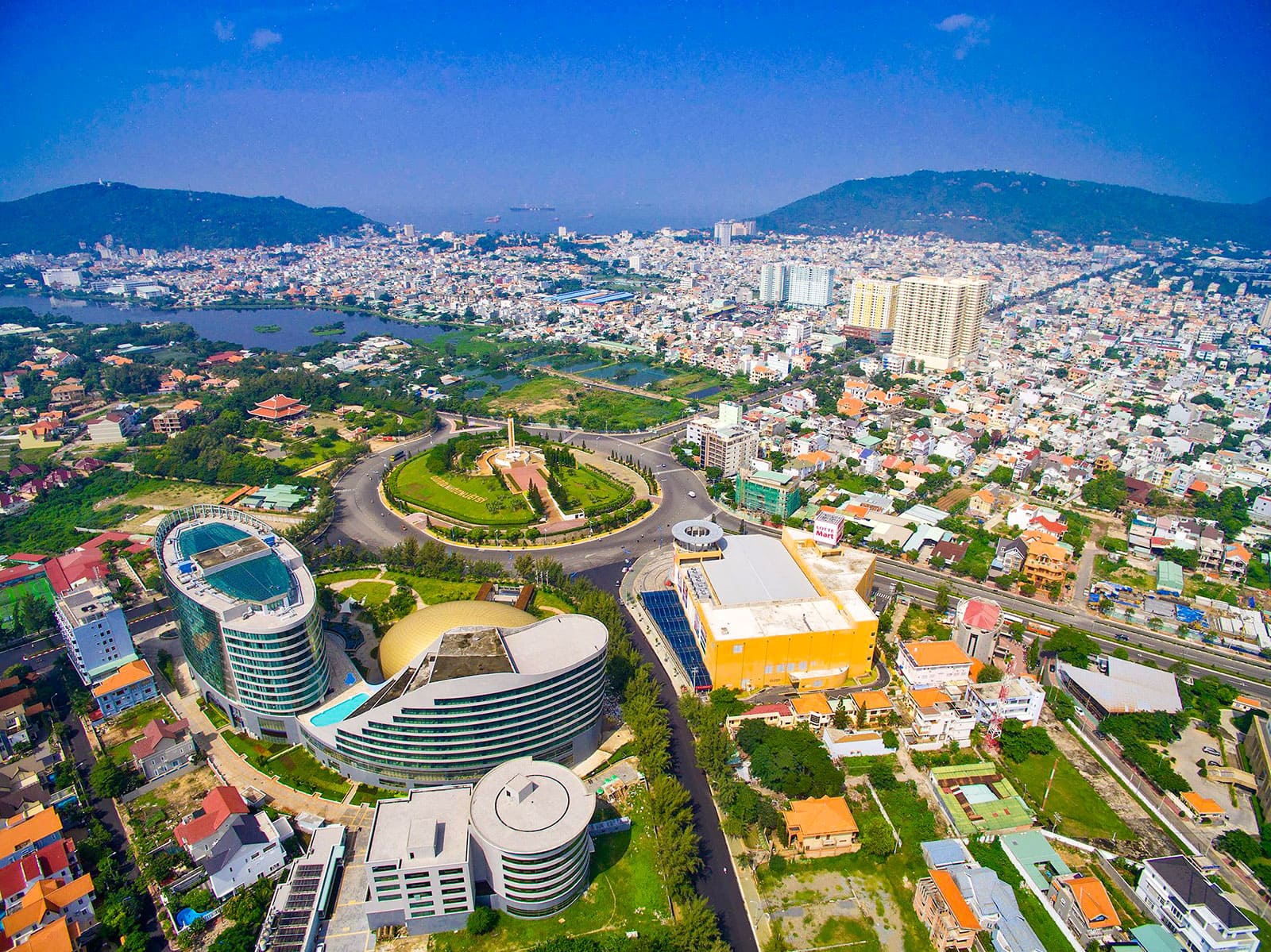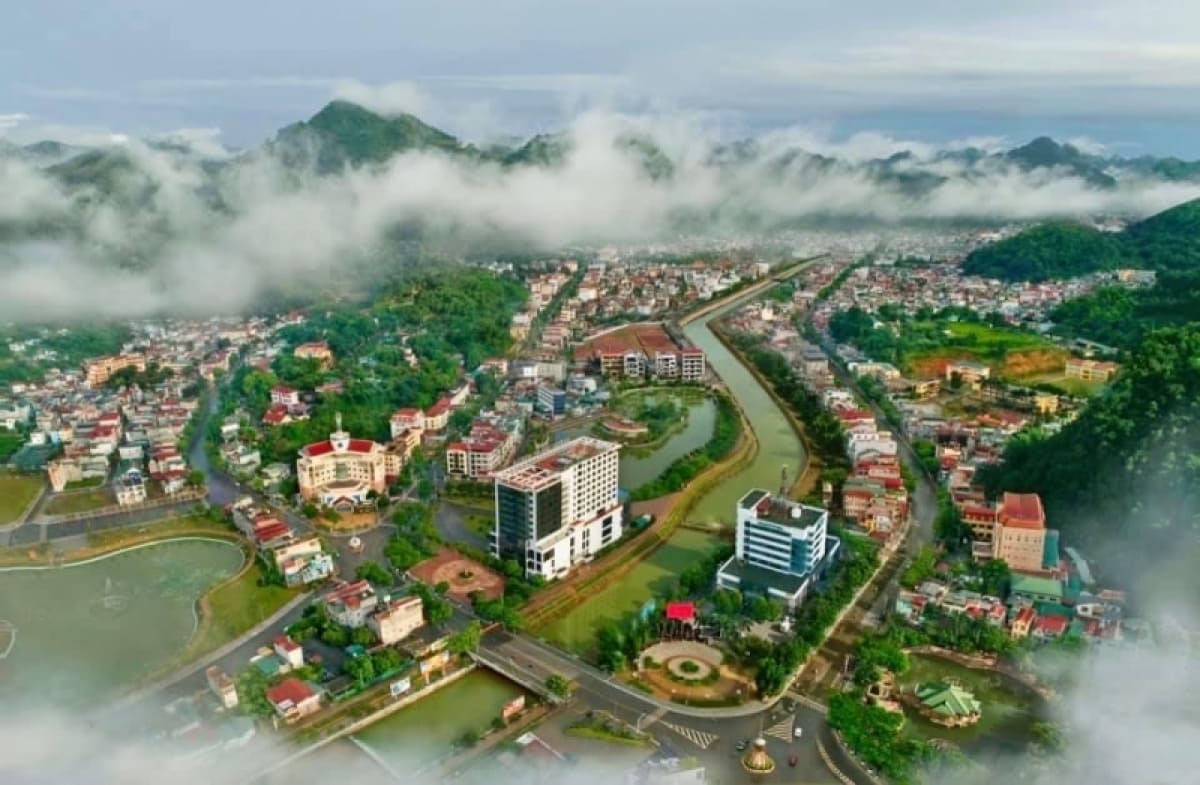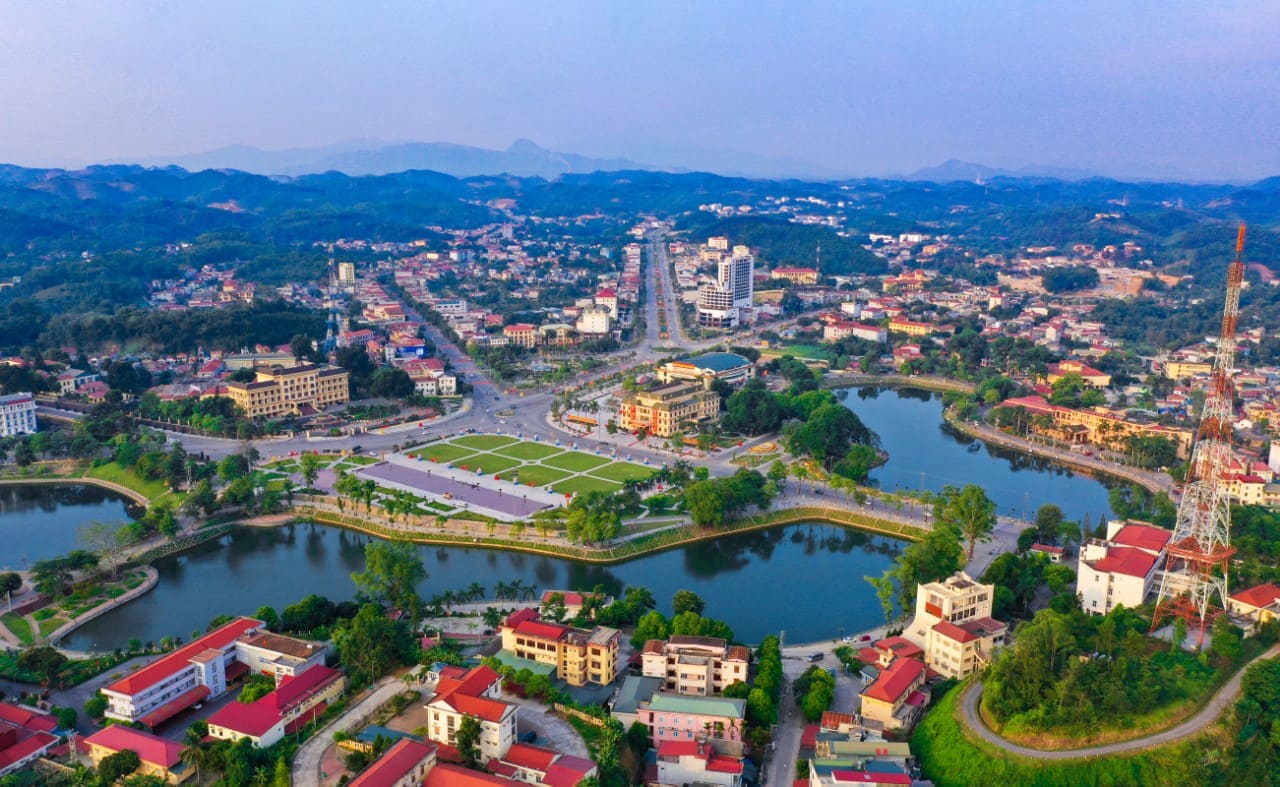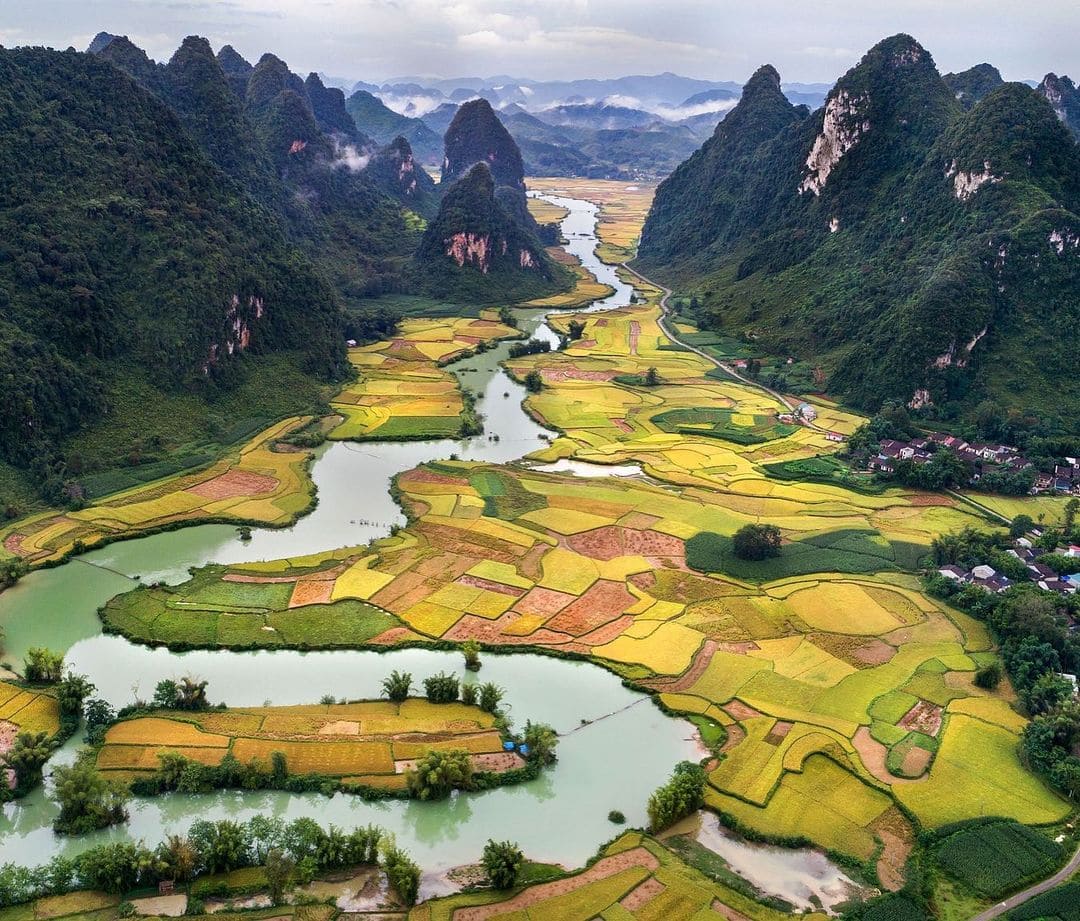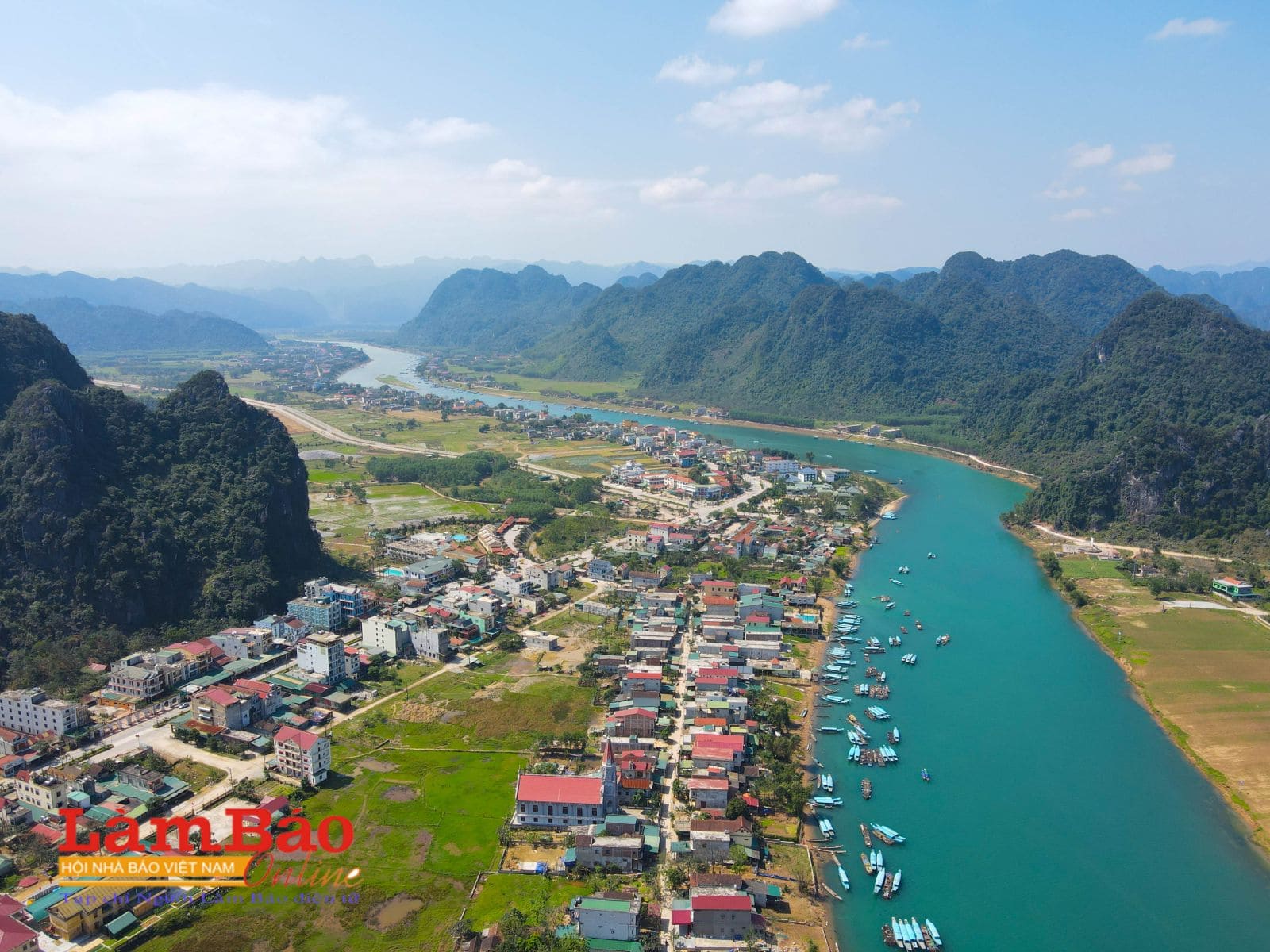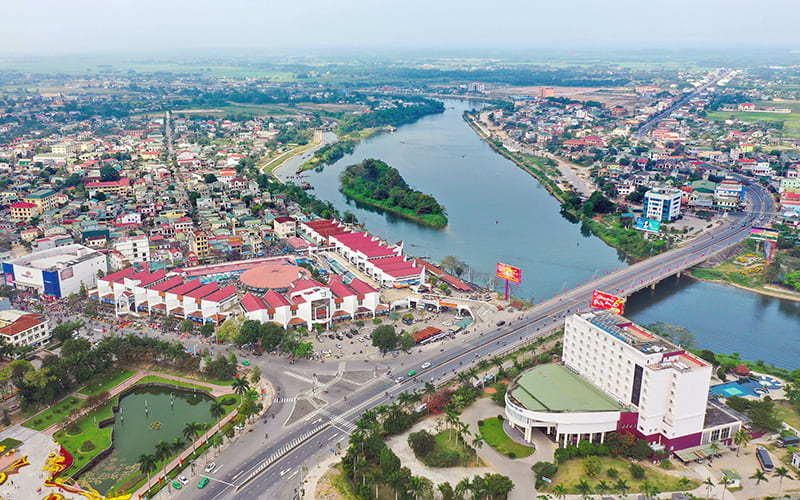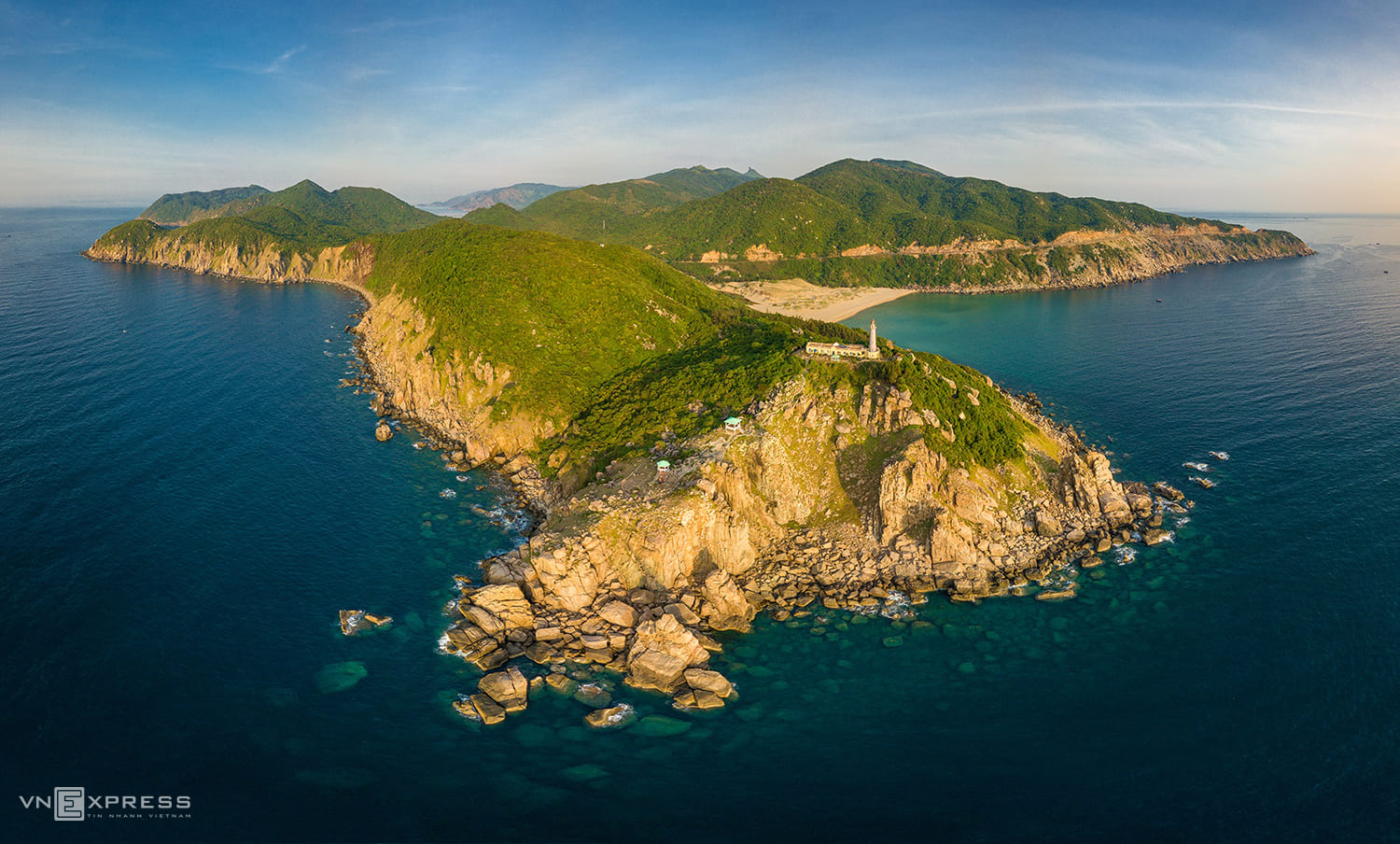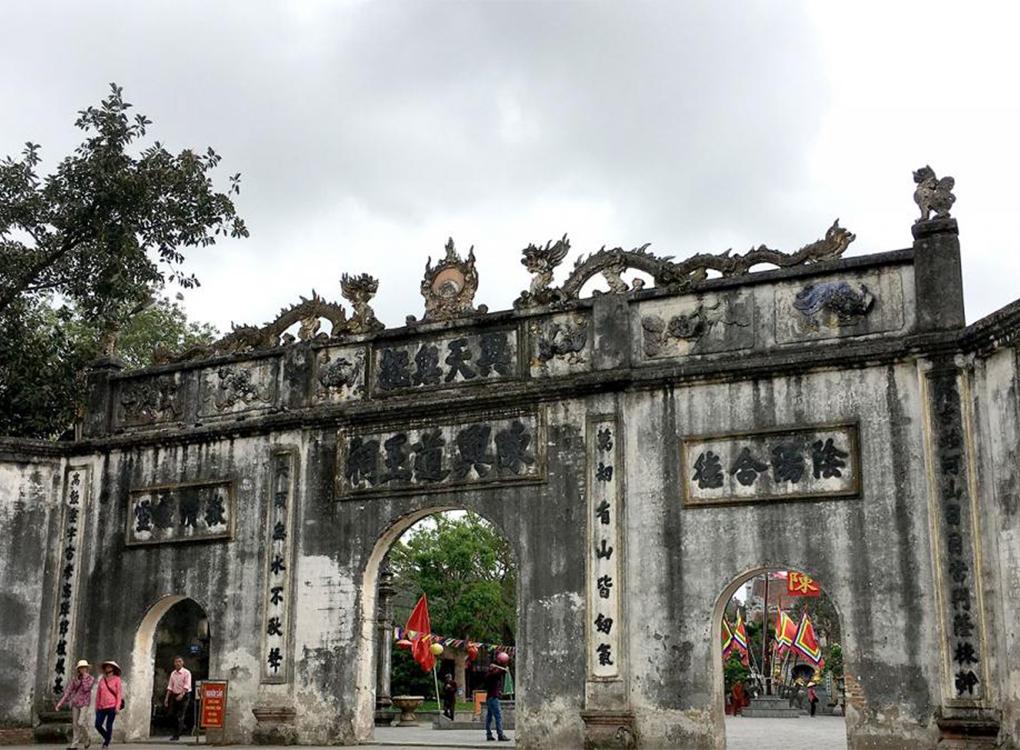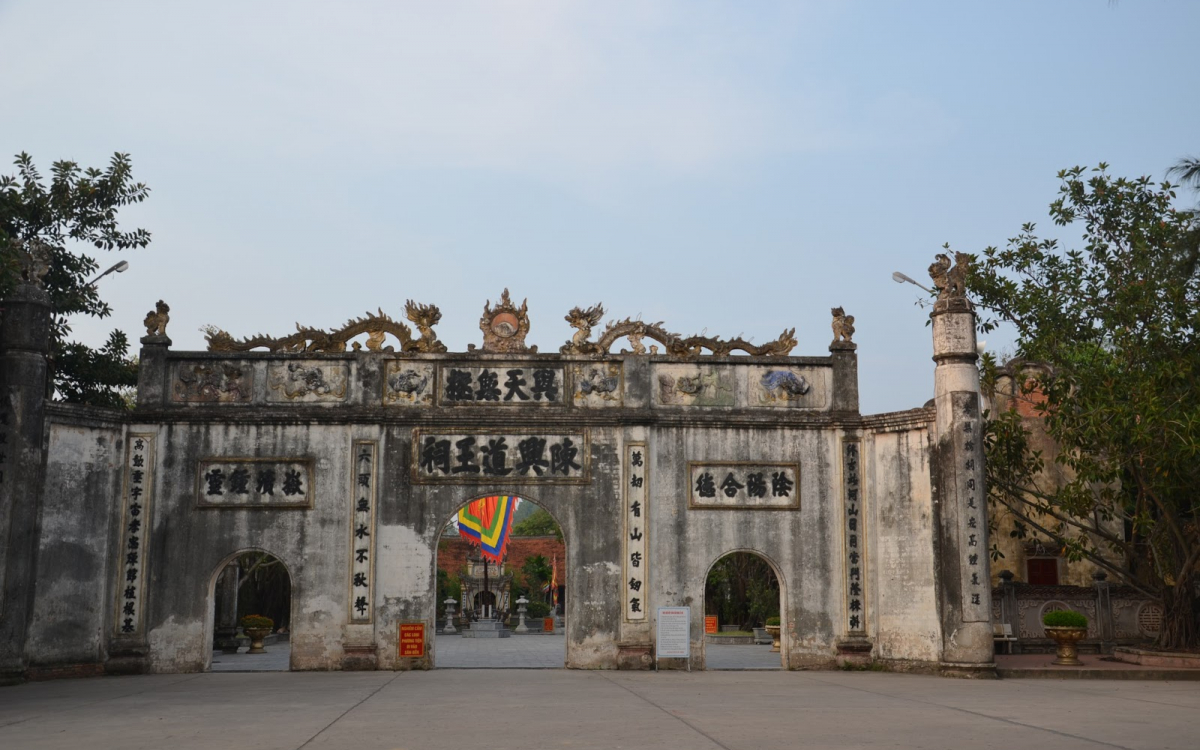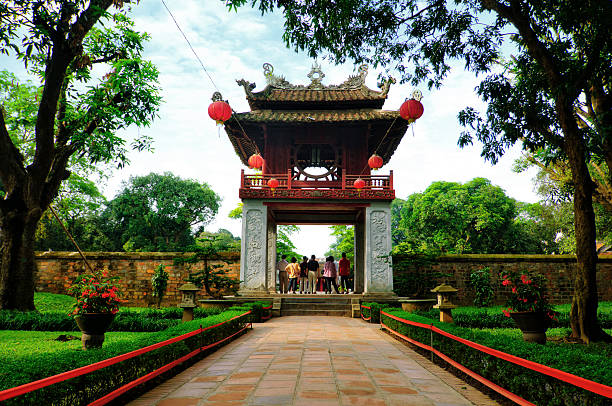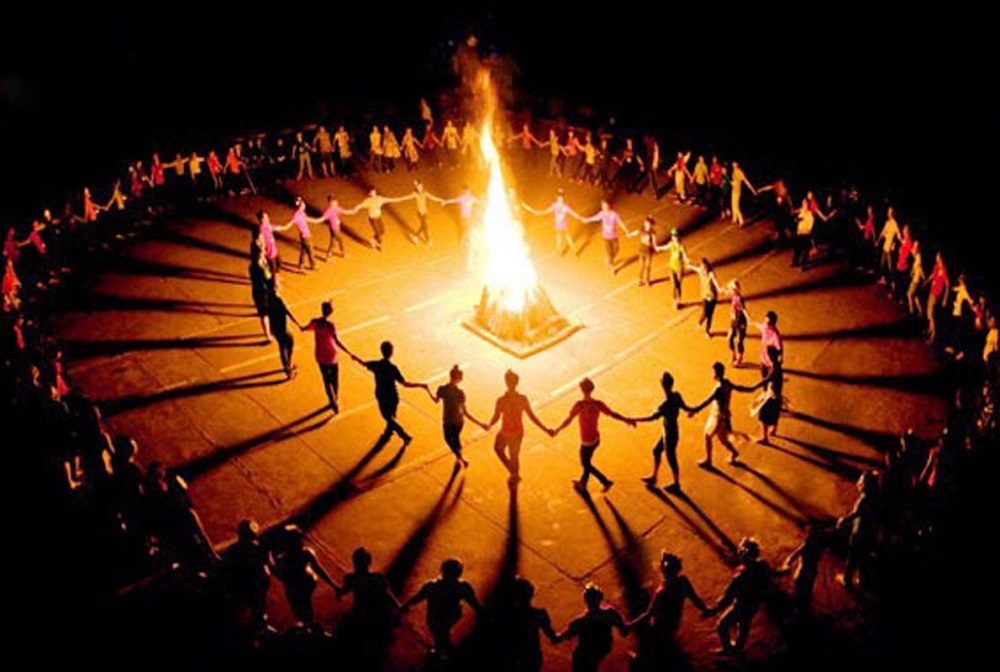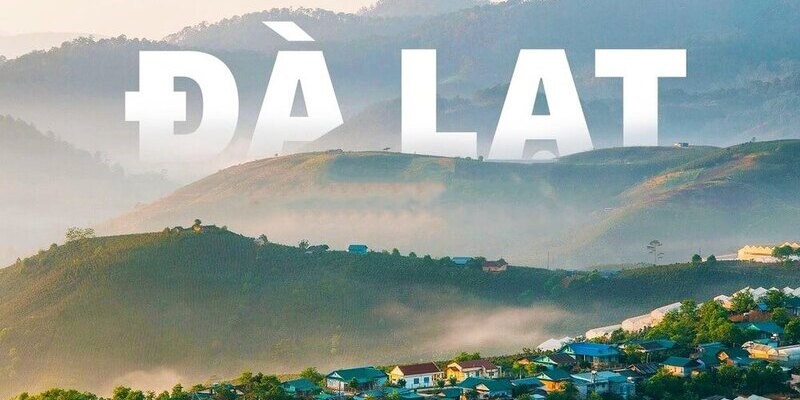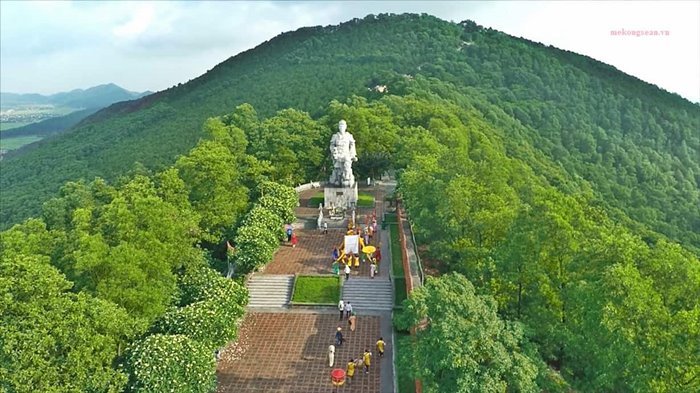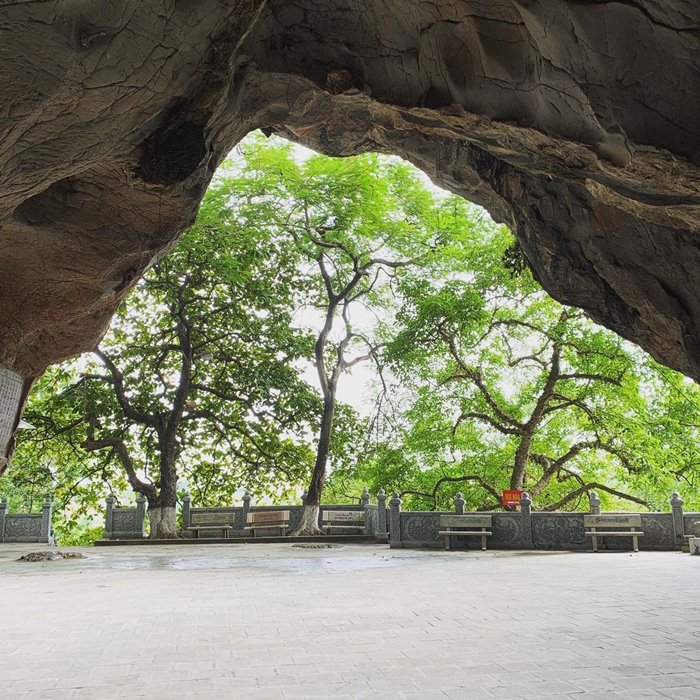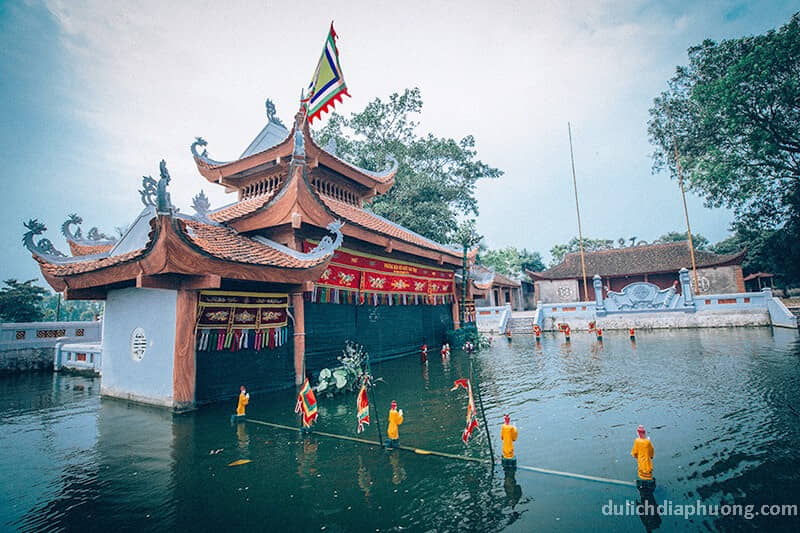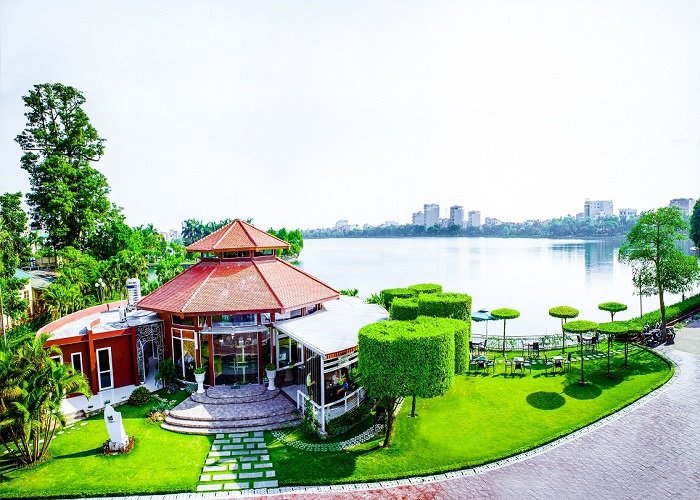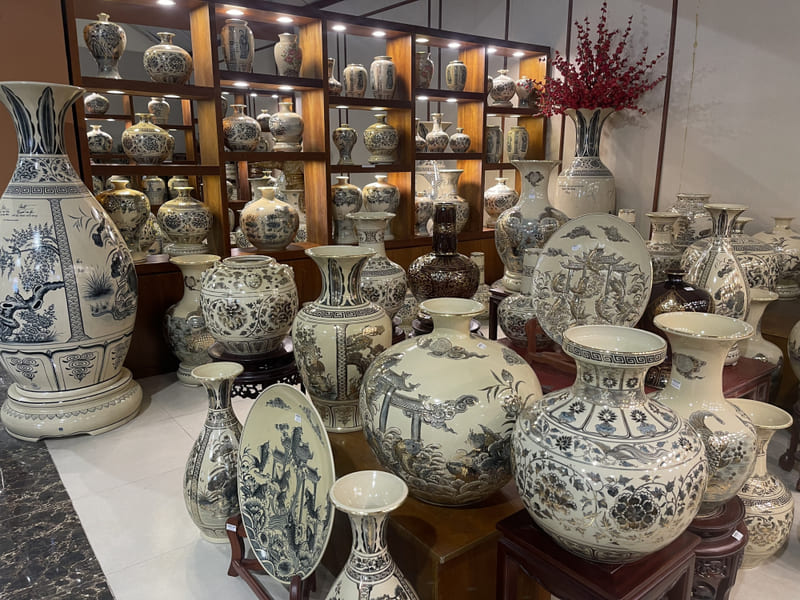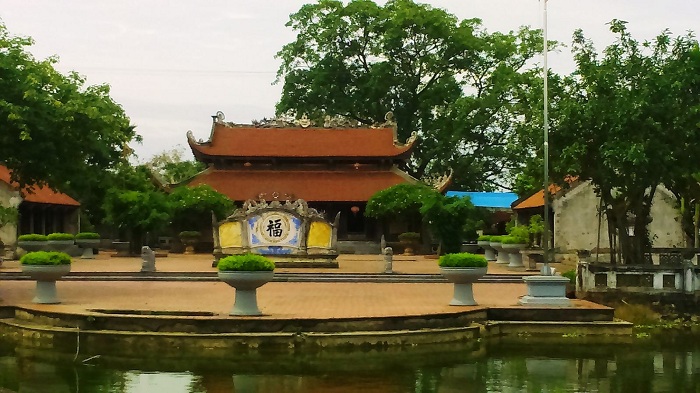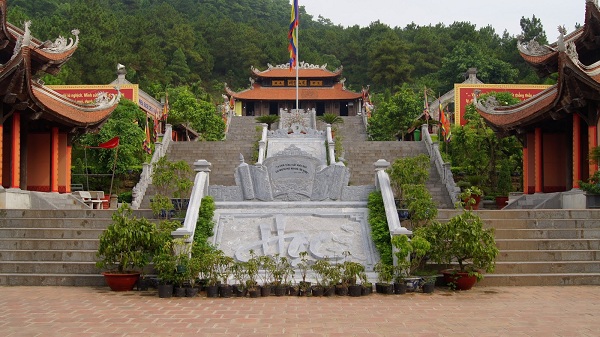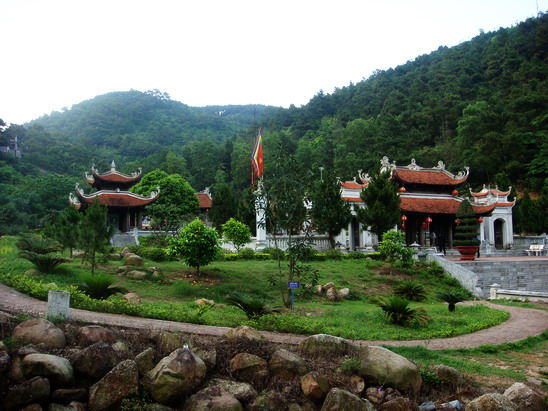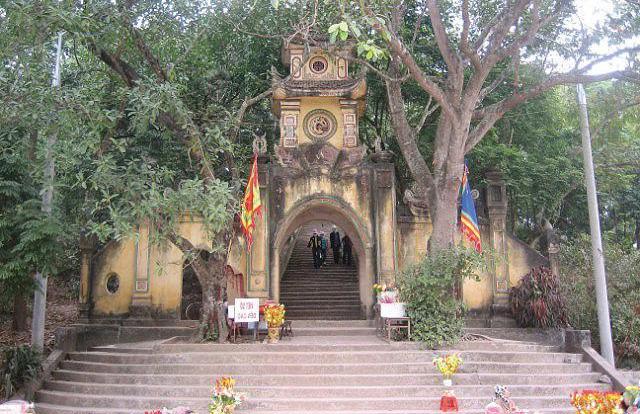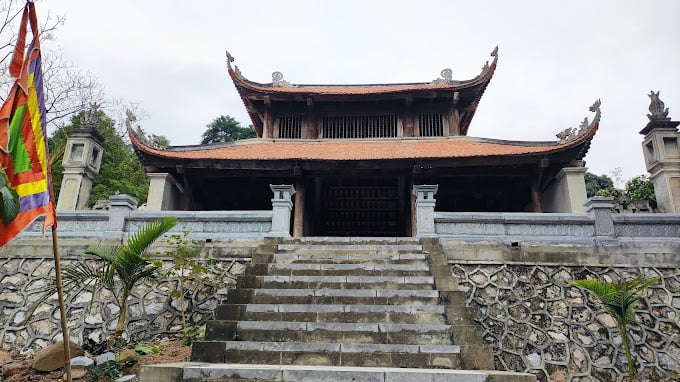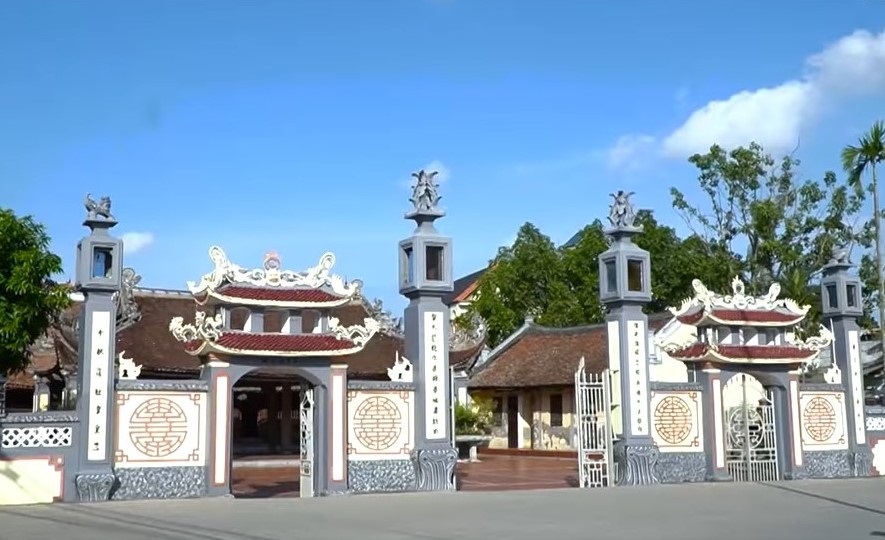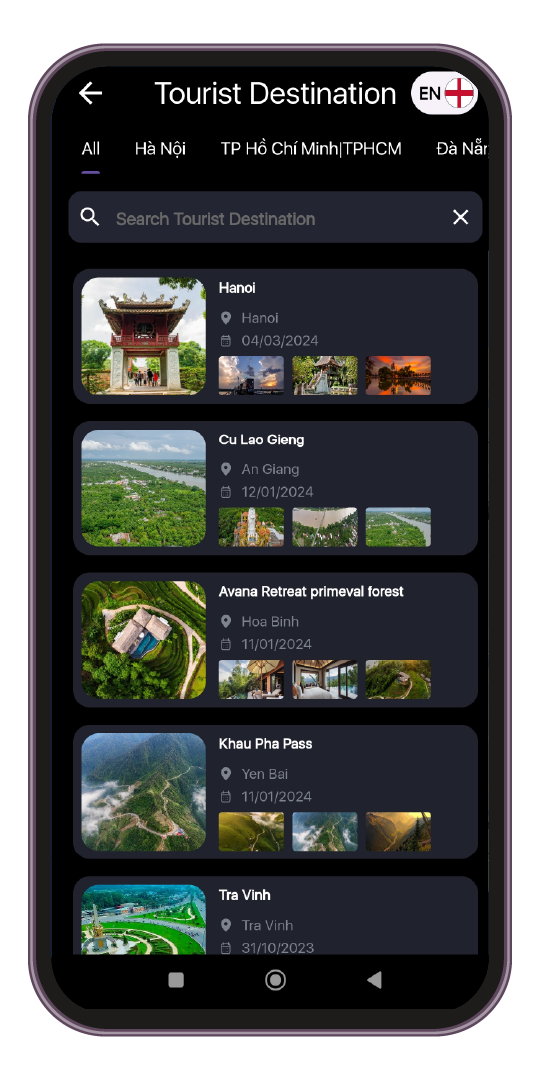Kiep Bac Temple is about 70km northeast of Hanoi capital, belonging to the Con Son Kiep Bac relic complex. This place preserves many artifacts, works, and stories related to the resistance war of the Tran Dynasty against the Mongols in the 13th century and the resistance war of the Lam Son insurgent army against the Ming invaders in the 15th century. The journey to visit Kiep Bac temple in particular and Con Son - Kiep Bac in general will be an extremely meaningful trip back to the source. Coming here, you will have the opportunity to understand more about the lives, backgrounds and careers of national heroes and cultural celebrities, listen to stories associated with the thousands-year journey of protecting the nation full of hardships. nan. In addition, Kiep Bac Temple is also a place to store and display many important antiques of the country related to the life of Hung Dao King Tran Quoc Tuan. Therefore, the Government has recognized the Con Son - Kiep Bac Relic Area as a special National Monument, opening its doors to visitors to better understand the country's culture and history. From the center of Hanoi capital to Kiep Bac is about 70km, so traveling by self-driving vehicle is chosen by many young people. By motorbike or car, it will take about 2 hours to go straight in the direction of National Highway 1A. When you arrive in Bac Ninh city, look up GoogleMap to get to Kiep Bac Temple. If you are not confident with the steering wheel and want to choose a safer method of transportation, you can consider buying a bus ticket. You should buy a ticket from My Dinh wharf to Quang Ninh, tell the driver to drop you off at Sao Do and Chi Linh intersection, about 5km from the Con Son - Kiep Bac relic site. Then, you take a motorbike taxi or taxi to get here. As for those from the Central and Southern regions, you can consider flying to Hanoi to visit the capital, then spend an extra day renting a motorbike to explore this famous relic complex. Kiep Bac Temple is a project located in the center of Kiep Bac valley. Surrounding the temple is a large forest, the space is very quiet and solitary. This work was built in the early 14th century and has undergone many restorations, still retaining its traditional architectural beauty and clear traces of time. Kiep Bac Temple worships Hung Dao Dai Vuong Tran Quoc Tuan, the campus is up to 13.5 km2. This place holds 7 statues cast in bronze: statues of Tran Hung Dao, his wife, two daughters, Pham Ngu Lao, Nam Tao and Bac Dau. In addition, the temple grounds also include many special construction items such as Shinto path, horse landing station, left and right guard... Inside the shrine rooms are decorated very elaborately and sophisticatedly, true to the architecture of ancient temples and pagodas. Walking around the temple grounds, you will feel very relaxed and comfortable because the space here is extremely fresh, cool, and quiet. People in Chi Linh, Hai Duong are very respectful and grateful for the contributions of Hung Dao Dai Vuong Tran Quoc Tuan to the nation. Therefore, the temple has always been full of incense and smoke for more than 7 centuries since it was built. Nowadays, many visitors from far away come to the temple to worship and worship with the desire to pray for peace and luck. Kiep Bac Temple Festival is usually held on the 15th to 20th of the eighth lunar month every year, which is the death anniversary of Hung Dao Dai Vuong Tran Quoc Tuan. This festival commemorates the death anniversary of the national hero, and gratitude for his contributions in the journey to protect the country, expelling the Mongols three times. The festival is held extremely solemnly, according to ancient ritual standards. During the 5 days of the festival, rituals will take place such as the procession of the Holy altar, the military review ceremony on the Luc Dau river, the praying ceremony, and the ceremony of giving the seal of Saint Tran. The festival will include a lantern festival and folk games (tug of war, boat racing...) to entertain visitors from near and far.
Hai Duong 1791 view From January to December
Ngày cập nhật : 11/03/2023


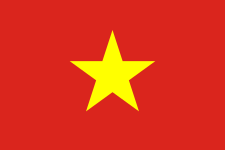 vn
vn en
en ja
ja ko
ko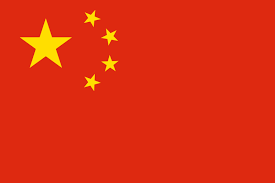 zh
zh


















